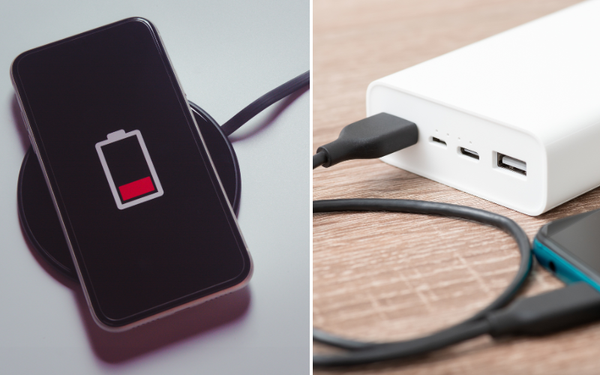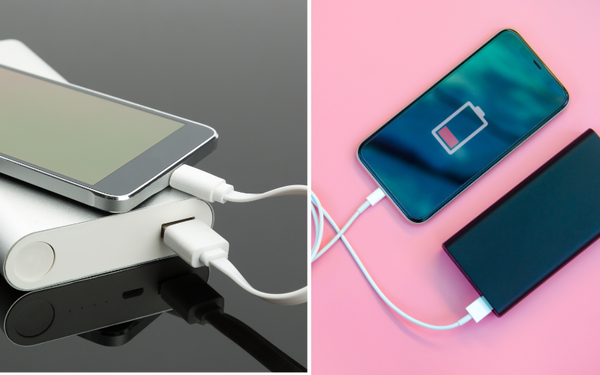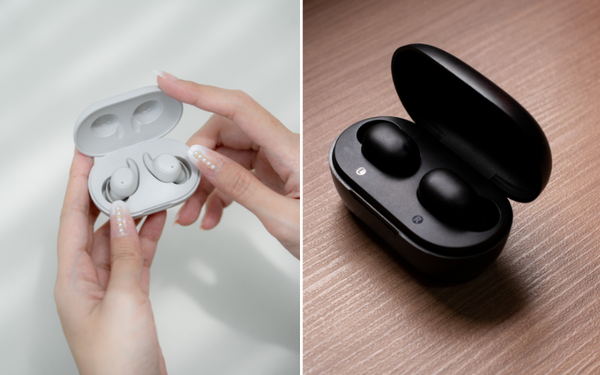If you’re an outdoor enthusiast, birdwatcher, hunter or sports fan, a quality pair of binoculars can be an invaluable tool. But with so many different types and magnifications available out on the market, it can be tricky to determine which strength of binoculars is best for your needs. Let’s take a closer look at some of the factors you should consider when selecting binoculars that are perfect for you.
What Are Magnification Levels?
The first thing to understand about binoculars is that they come in varying levels of magnification. The higher the magnification level, the more detail you’ll be able to see in whatever object you’re looking at. For example, if you have 10x binoculars (10x zoom) then whatever you’re looking at will appear to be ten times larger than if you were just looking with your own eyes. That said, there are some drawbacks to using higher magnification levels. For one thing, they tend to make objects appear more shaky or blurry due to image distortion caused by increased magnification.
Size & Weight Considerations
If you plan on taking your binoculars outdoors with you on hikes or camping trips then size and weight should also be taken into consideration when selecting the right pair for your needs. Generally speaking, greater power usually requires larger lenses and heavier frames since those parts need to be large enough and strong enough hold the lens elements securely together in order to handle the increased power and clarity needed for viewing distant objects.
On top of size and weight considerations, it's important that any pair of binoculars feel comfortable in your hands so that when using them over long periods of time there isn't any discomfort from holding them up for extended periods of time. It's also wise to check out what type of lens coating is used as well as the type of prism used as these factors play a major role in how clear images appear when viewed through the lenses.
Conclusion
When choosing which strength of binoculars is best for your needs, think about what activities you plan on using them for as well as how often they will accompany you outdoors and how much weight (and size) would be ideal for carrying along with other gear without becoming too burdensome. Consideration should also be taken towards understanding various lens coatings offered as well as prism types used so that clarity and image distortion issues can be minimized when using higher powered magnifications. With all these factors taken into account it will become easier to find a perfect pair of binoculars that fit both your budget and preferences perfectly!









